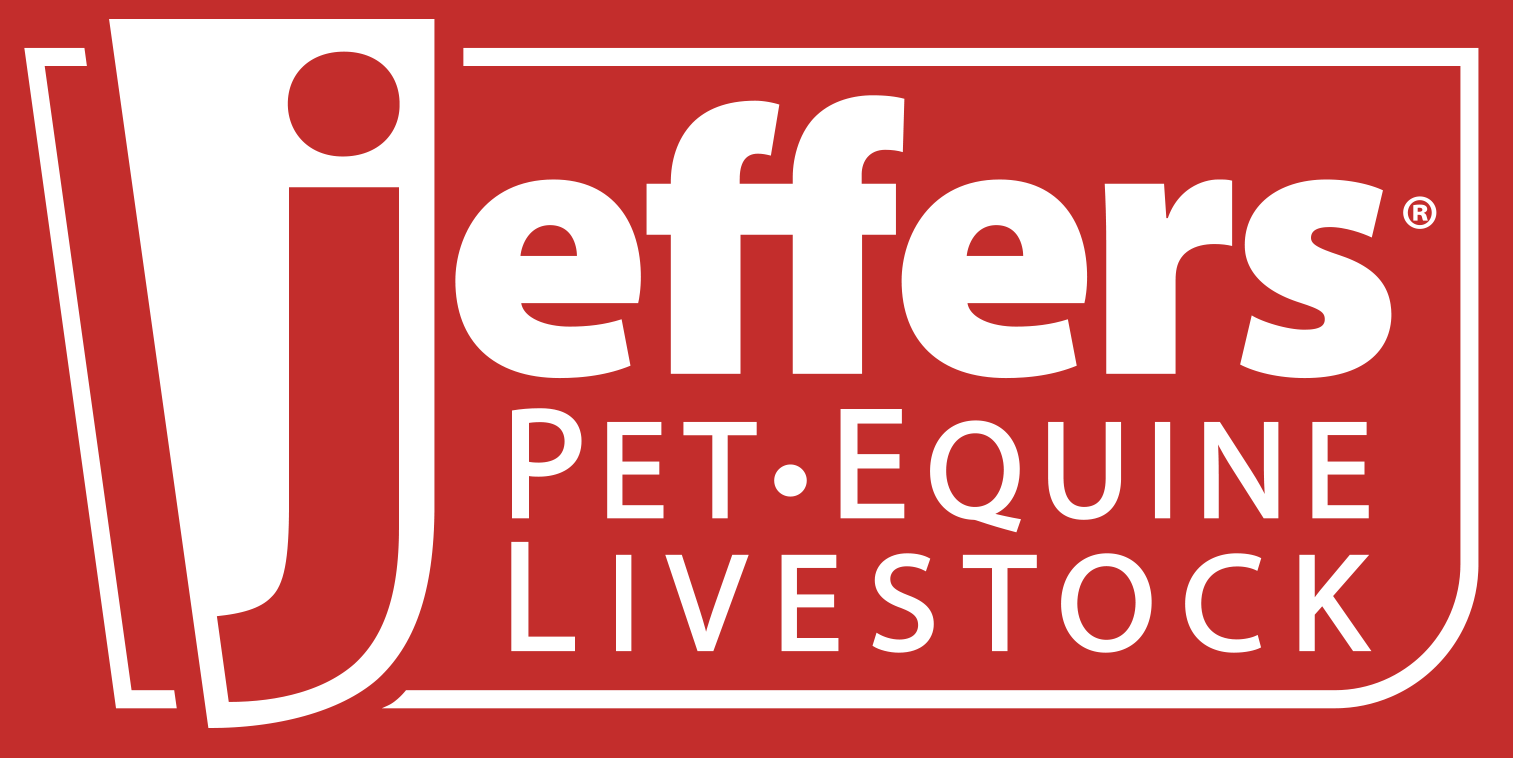Wintering Wisely: Is Roughing Cows in Winter Cost-Effective?
Posted January 13, 2024 in Livestock Blog by Jeffers Staff
Counting the Costs of Roughing Cows Through the Winter
Introduction
Winter poses unique challenges for livestock farmers, especially when it comes to managing the nutritional needs of cows in winter. One traditional approach is roughing cows through the winter, but as we delve into the associated costs, is it really as cost-effective as it may seem?
We’ll also suggest alternative strategies that may offer more economical and sustainable solutions for your cows in winter.
The High Costs of Roughing Cows Through Winter
The article from Farm Progress “Roughing cows through winter carries high cost” highlights the inherent challenges and costs of roughing cows through the winter, shedding light on the financial burden this practice can impose on farmers down the road. The traditional method involves letting cows graze on winter pasture, supplemented with minimal feed, and relying on their natural ability to withstand the harsh conditions.
According to the Farm Progress report, roughing cows through the winter carries a high cost, both in terms of decreased reproductive performance and the potential long-term impact on the health of the herd. Cows subjected to this practice may experience weight loss, resulting in delayed conception rates and increased calving intervals. These factors contribute to decreased overall productivity and economic losses for the farmer.
A study conducted by the University of Wisconsin Extension also delves into the costs of roughing cows through the winter, emphasizing the need for a critical evaluation of this traditional approach. This research provides additional insights into the economic implications and challenges faced by farmers who rely solely on roughing practices.
Exploring Alternatives: A Balanced Approach
Given the challenges associated with roughing cows through the winter, it’s crucial for farmers to explore alternative strategies that prioritize the well-being of the herd while minimizing costs. One promising approach involves adopting a balanced feeding regimen that combines pasture access with supplemental nutrition.
Experts recommend implementing a carefully managed feeding program that includes high-quality forages, energy-dense grains, and essential minerals to meet the nutritional requirements of cows during the winter months. This approach not only helps maintain optimal body condition but also supports reproductive health and ensures a healthier, more resilient herd.
Rotational Grazing: Enhancing Winter Forage Utilization
Rotational grazing is another effective strategy that farmers can employ to make the most of winter forage while minimizing costs. This practice involves dividing pastures into smaller paddocks and rotating cows between them at regular intervals. This controlled approach allows for more efficient forage utilization, preventing overgrazing and ensuring that cows have access to fresh, high-quality forage throughout the winter.
Research has shown that rotational grazing can improve forage intake and nutritional quality, leading to better weight maintenance and reproductive performance in cows. While it requires initial investment in fencing and infrastructure, the long-term benefits in terms of improved forage management and herd health make it a viable and cost-effective alternative to roughing cows through the winter.
Supplemental Feeding Strategies
In addition to rotational grazing, implementing targeted supplemental feeding strategies can address specific nutritional deficiencies and enhance the overall well-being of the herd. Farmers can work with nutritionists to formulate balanced diets that meet the energy, protein, and mineral requirements of cows during the winter months.
The use of alternative feeds, such as crop residues and byproducts, can also be explored to reduce feeding costs without compromising nutritional quality. Farmers should consider the availability and cost-effectiveness of local feed resources when designing a supplemental feeding plan tailored to their specific circumstances.
Conclusion
Roughing cows through the winter, while a traditional practice, comes with significant costs and potential drawbacks for livestock farmers. The impact on reproductive performance and overall herd health cannot be ignored. As we navigate the challenges of winter, it is essential for farmers and ranchers to consider alternative strategies such as rotational grazing and targeted supplemental feeding to ensure the well-being of their cows while maintaining economic sustainability.
By adopting a balanced and proactive approach to winter herd management, farmers and ranchers can not only mitigate the negative consequences associated with roughing cows through the winter but also set the stage for a more productive and profitable cattle season ahead.
References:
